Wiccan Holidays – Imbolc
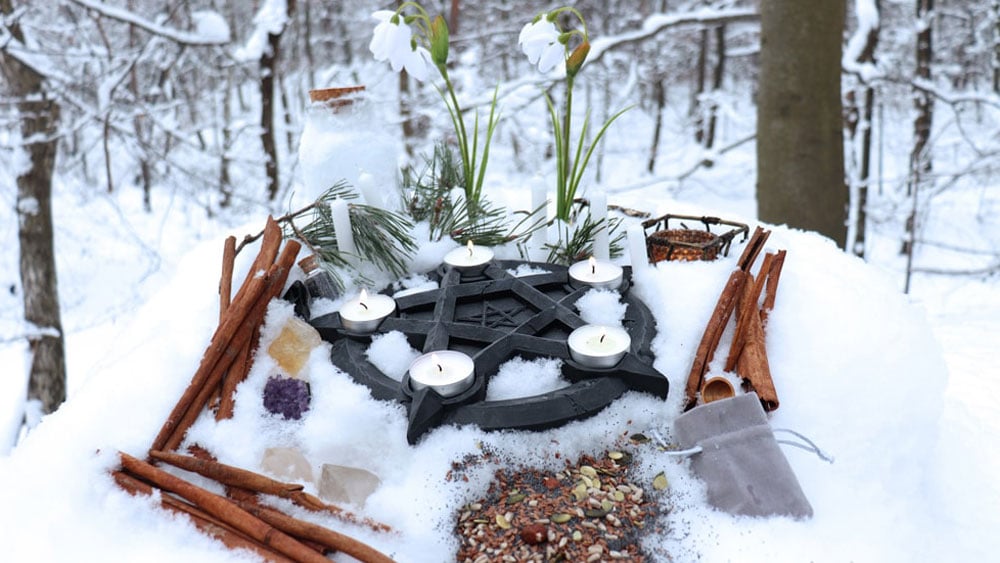
January 27, 2021
Updated: January 9, 2022
Estimated Read Time: 11 Minutes
Imbolc, pronounced im-bulk or im-balk, is a traditional Celtic festival celebrated on February 1st and February 2nd. It marks the beginning of spring and heralds the changing of the seasons, hence why it’s celebrated at the halfway point between the winter solstice and the spring equinox. Celtic peoples count Imbolc as one of their seasonal festivals, alongside Samhain, Lughnasadh, and Beltane. And though many of the Imbolc traditions have died out during the past Millennium, Wiccans, and other neopagans have successfully revived them in the 20th century. It has since remained a mainstay holiday among these cultures.
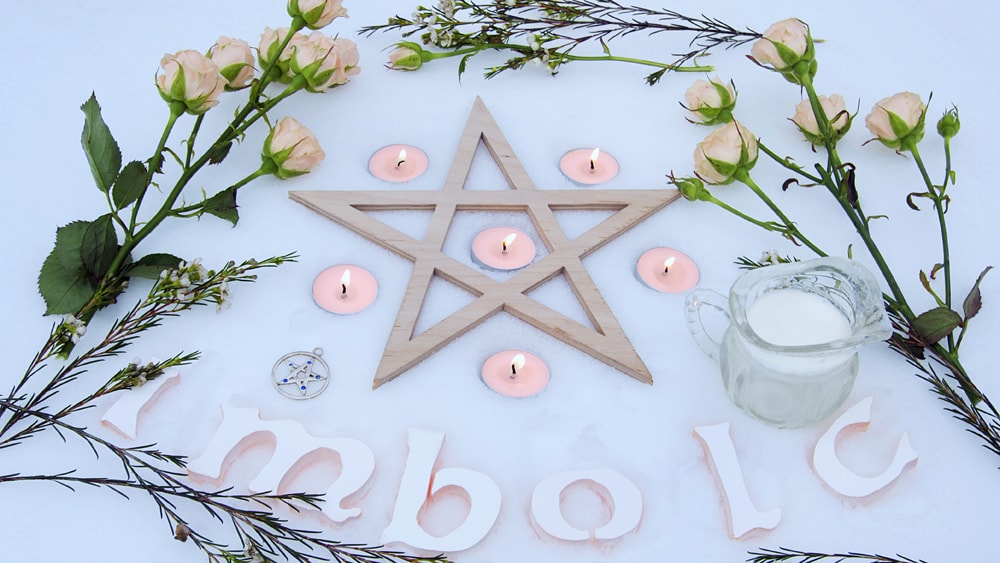
But what is this holiday, exactly? How do modern Wiccans celebrate it? Are there any interesting Imbolc ritual ideas that you can use? What about some traditional Imbolc crafts — what do they entail? How about some traditional prayers or poems related to the holiday?
If you’re interested in learning about this spectacular holiday, you’ve come to the right place. In this article, we will cover the basics of Imbolc, from its history and symbolism to some of the more specific topics, including Imbolc foods and various ways to decorate your altar for the holiday..
What Is Imbolc: a Short History
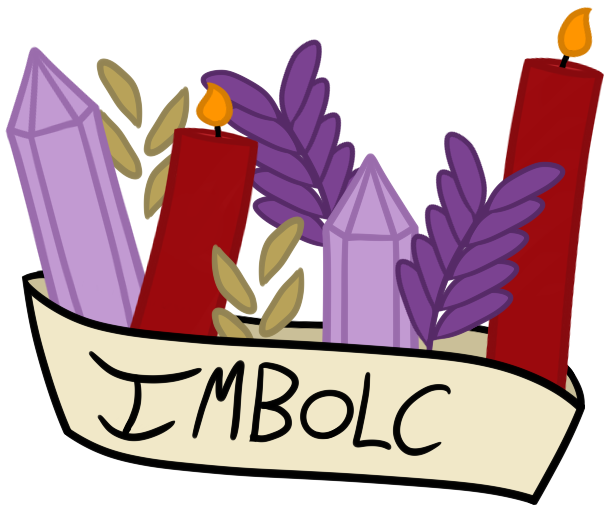
You might know Imbolc by other names including Imbolg (i.e. a more accurate Gaelic Imbolc pronunciation) and Brigid’s Day. We will cover Brigid in more detail shortly.
In many cultures the holiday is identified with Candlemas, a Catholic Christian holiday that immediately follows it. In fact, some of the customs related to Imbolc have become a staple of Candlemas in various Gaelic countries and regions across the globe.
The meaning of the term “Imbolc” is still a matter of debate among scholars. Some experts believe that the term comes from Old Irish i mbolc, “in the belly” or imb-fholc, “to wash or cleanse oneself.” In other words, the holiday is either related to the pregnancy of ewes or to cleansing rituals. Interestingly, both of these explanations fit well with the theme of the end of winter and the coming of spring.
Pre-Christian Origins
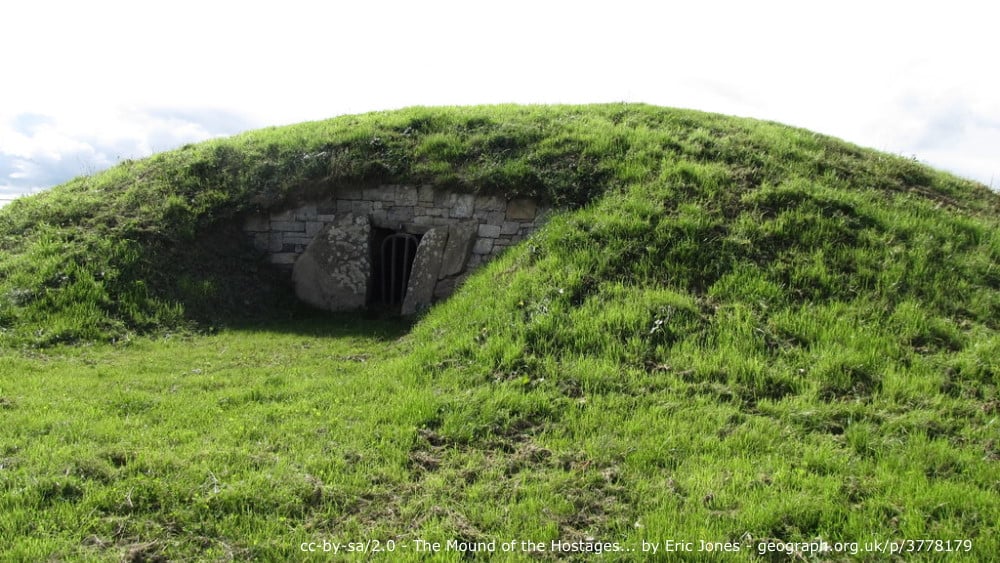
Imbolc has been around before Christianity came to the British Isles. In fact, some Neolithic mounds in Ireland actually align with the sunrise during both Imbolc and Samhain. These alignments are a good indicator that the winter sunrise around the time of Imbolc was important to pre-Celtic cultures of both Ireland and Britain.
The earliest mention of Imbolc in written sources dates back to the 10th century. Some poems from that period describe a festival that involves purification via ewe’s milk. Since sheep begin to lactate a little before spring, thus starting their breeding cycle, the holiday in question perfectly fits the theme of rebirth and cleansing through the shifting seasons.
Who Is Brigid?
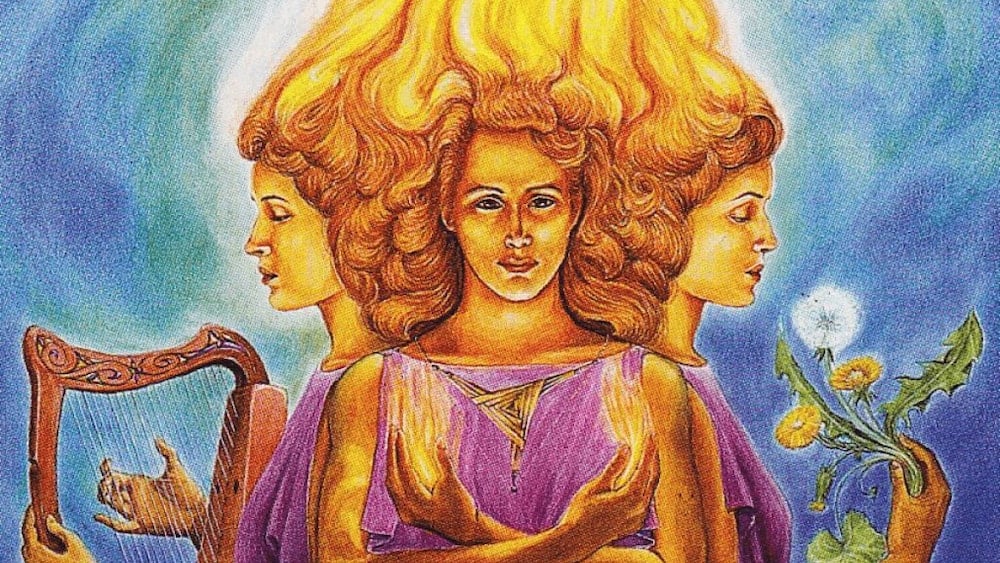
It’s impossible to talk about this festival without mentioning Brigid. After all, she was such an integral part of the festival that the early Christians canonized her as a saint, roughly on par with St. Patrick in some respects. But who is Brigid and why is she so important to the pagan worshipers, both old and new?
Brigid was one of the most important deities of early Celtic peoples. She was the daughter of the Dagda, one of the Tuatha Dé Danann gods and an important figure in his own right. According to ancient beliefs, Brigid was associated with fertility, healing, blacksmithing, and poetry. Interestingly enough, some of her most ardent believers were poets. The Filí, Old Irish poets and historians, would regularly worship and revere Brigid.
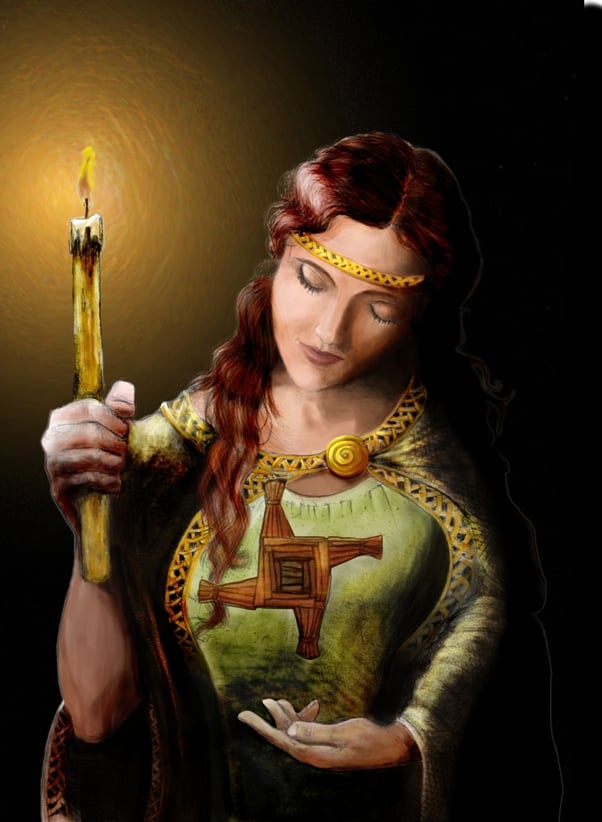
It’s important to note that Brigid was said to have two sisters who had the same name. Some scholars believe that these “sisters” might just be an aspect of Brigid herself. In other words, she might be a triple goddess, a pretty common concept in pre-Christian pagan Europe at the time.
This Brigid-Imbolc connection continued well past the pagan times. She was syncretized with one of three patron saints of Ireland, Saint Brigid of Kildare, who was known for founding several nunneries during her lifetime. Lots of legends related to pagan Brigid became attributed to her Christian counterpart, and the two even share the same festival date. And yes, that date is February 1st, that of Imbolc.
Modern Imbolc Festival
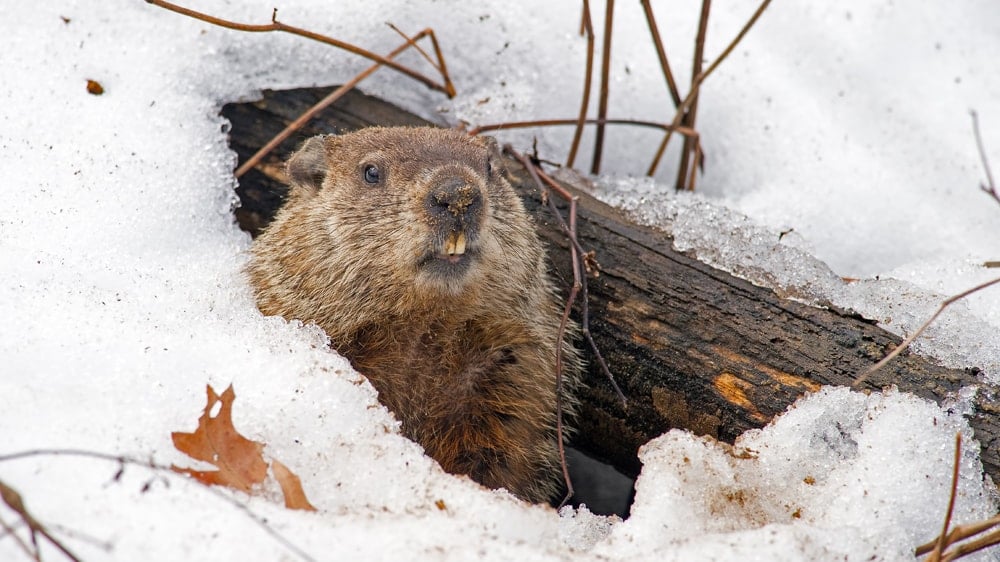
Certain modern holidays, such as Candlemas and Groundhog Day, have incorporated some of the original Imbolc customs and rites. But if we exclude those holidays and look at modern Imbolc, we get to see how contemporary pagans managed to keep the spirit of Brigid alive. Modern Wicca, for example, celebrates Imbolc as one of their eight Sabbats. It comes immediately after Yule, but just before Ostara. And because of its association to the goddess Brigid, Imbolc is seen as a female-only holiday by some Wiccans, and some sects of Wicca even use the holiday for new member initiations.
Want to learn more about familiars, spells, dreams, tarot, crystals, herbs, and much more?
Become a student of Wicca Academy today!
Important Imbolc Symbols, Traditions, and Decorations
Like all Wiccan holidays, Imbolc comes with its own share of symbols and traditions. Different groups will interpret them in various ways. However, a few of them are universal and many cultures, both pagan and Christian, still use them in their rituals and rites. If you aim to decorate your Imbolc altar properly, the following list of symbols ought to be of great help.
Symbols and Traditions Related to Brigid
Brigid’s Cross
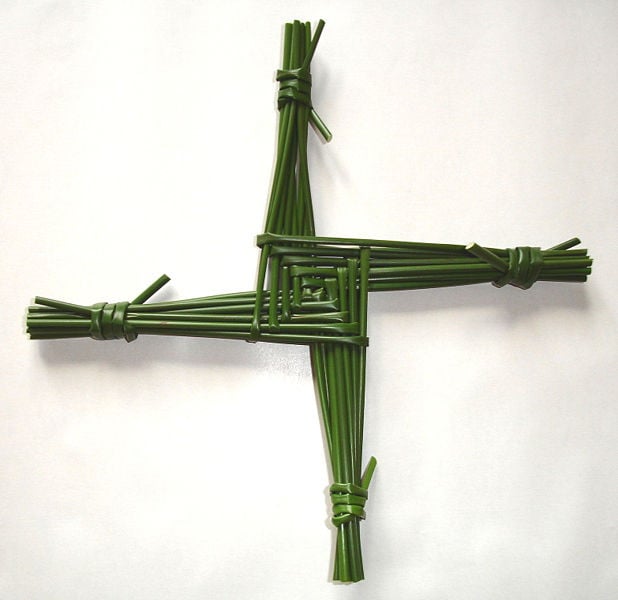
Brigid’s cross is possibly one of the most recognizable symbols of Imbolc. Typically, you would make this cross from rushes or reeds and, just like the Christian cross, it would have four arms. Old pagans would usually hang these crosses over doors and windows, as well as stables. It was believed that the cross would welcome Brigid into one’s home, and she would, in turn, provide protection against fire, illness, evil spirits, and lightning.
Brigid Dolls
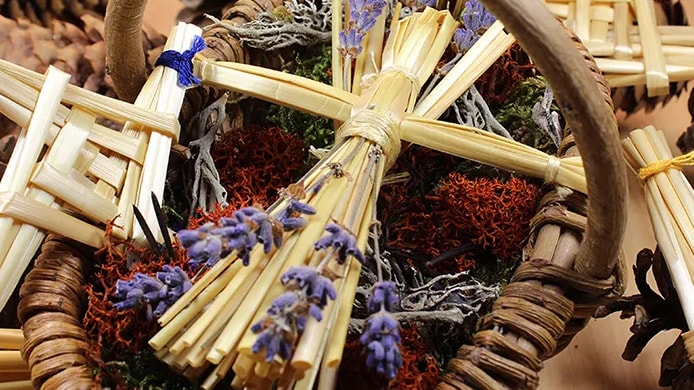
Known as Brídeóg in Gaelic, the Brigid Doll would be a part of various rituals related to the holiday. Most of them would involve making a small straw or reed doll, which girls would carry around from house to house while singing hymns to the goddess. These dolls would represent the goddess herself.
At some point, the girls and accompanying boys would sit in a home with the doll placed at a seat of honor and they would all feast. Afterward, the doll would be placed in a makeshift bed. Sometimes, both the boys and the girls would wear other items related to Brigid, like “shields” and “crowns” or all-white robes. Other times, the people whose house the girls would visit would add decorations to the doll. The goal of these many rituals would usually be to bring fertility and good fortune to each home.
Fire
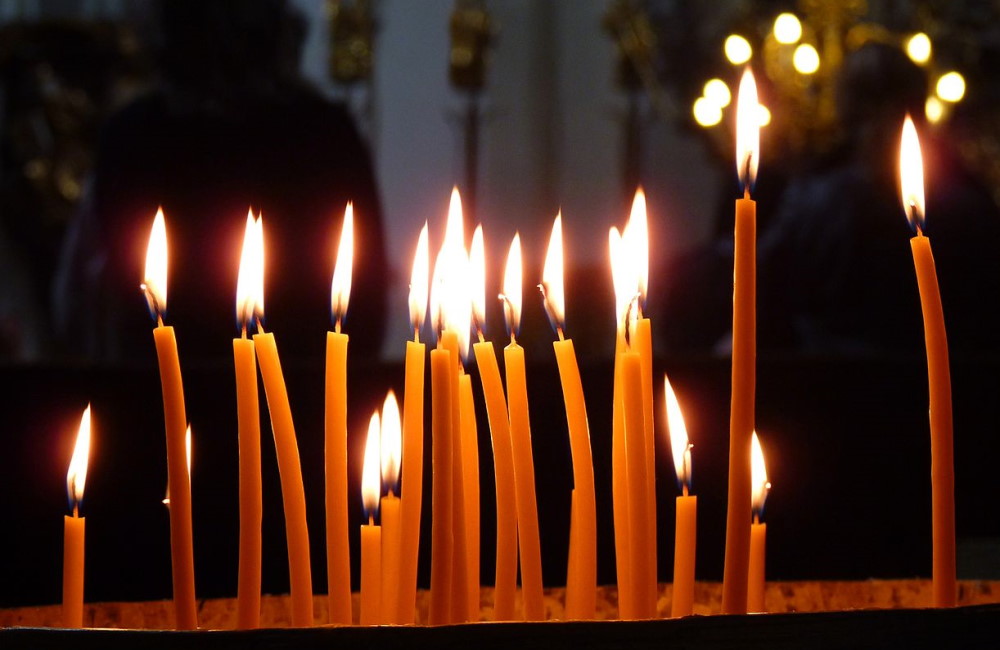
Brigid was often associated with the sun and the flame, which is why Imbolc would often involve lighting candles and bonfires. According to myth, these fires would help increase the power of the Sun in the coming months, a signal that warm days are coming soon.
Sheep

As stated earlier, early February is when sheep begin to lactate. It’s the beginning of the lambing season, and Brigid’s believers would eat ewe’s cheese as a celebration of the upcoming spring.
The Serpent

Imbolc is one of the best times for weather divination. As such, an important part of the divination rituals included the serpent awakening and emerging from its den during late winter. These rituals are more than likely a precursor to the modern Groundhog Day.
The Swan

Sometimes, girls would use swan feathers to adorn their clothes or the Brigid dolls during the festival. Swans represented loyalty, fidelity, and faithfulness, all in line with what Brigid represented as a goddess.
Imbolc Colors
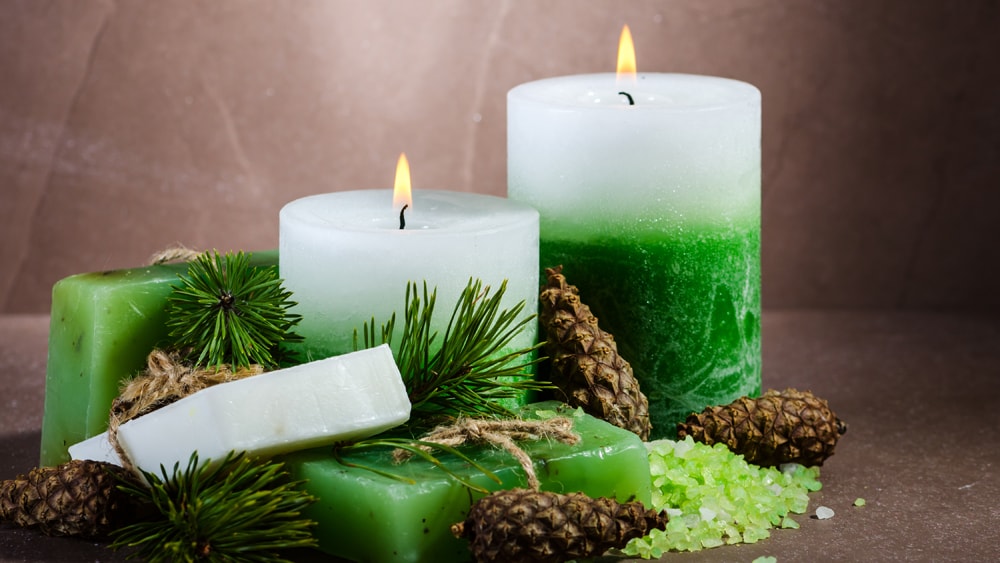
Usually, girls who carried around the Brigid dolls would wear green, white, and silver clothes and dye their hair in these particular colors. White and silver would represent purity and virginity, while green stood for the new, fresh burst of life in the coming spring. Other springtime colors like pink and yellow are also prominently used for Imbolc.
Imbolc Crystals
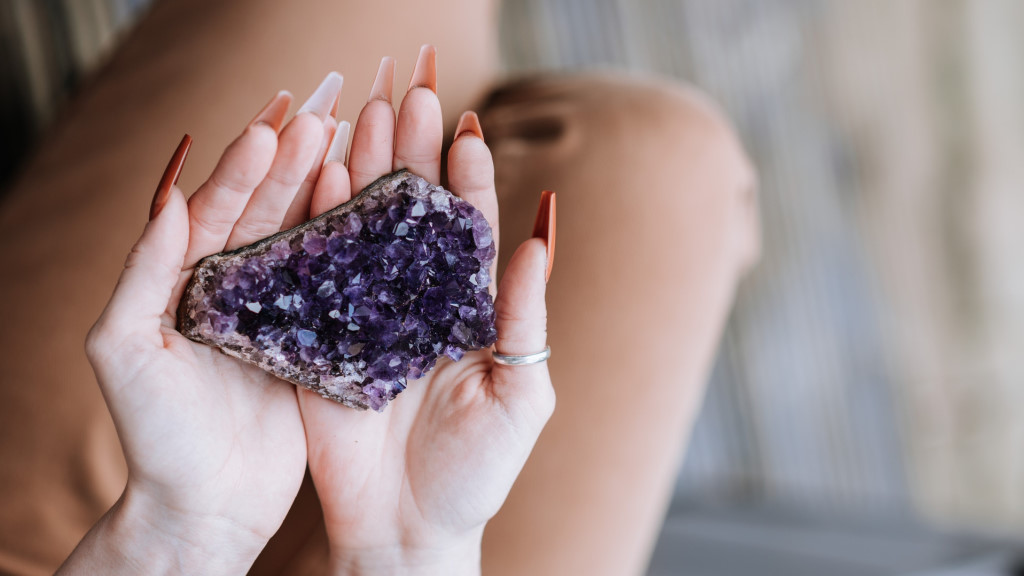
If you like working with crystals and precious stones, there are many options you can use to connect with the energy of the Earth during this holiday, including:
- Amethyst – which purifies the mind, heals, as well as reduces stress and anxiety
- Bloodstone – which boosts energy, motivation, and helps you make good decisions
- Garnet – which is a manifesting stone that can reveal your purpose
- Onyx – which protects from negativity and brings strength
- Ruby – which summons protection, prosperity, as well as love and sexual passion
- Turquoise – which brings guidance, clarity, and truth
Trees of Imbolc
Several trees, such as the willow and the rowan, were important to the Celtic people during Imbolc. Both of these trees were associated with the Maiden, one of the aspects of the Triple Goddess. However, they do have their own individual properties that connect them to the festival.
Willow
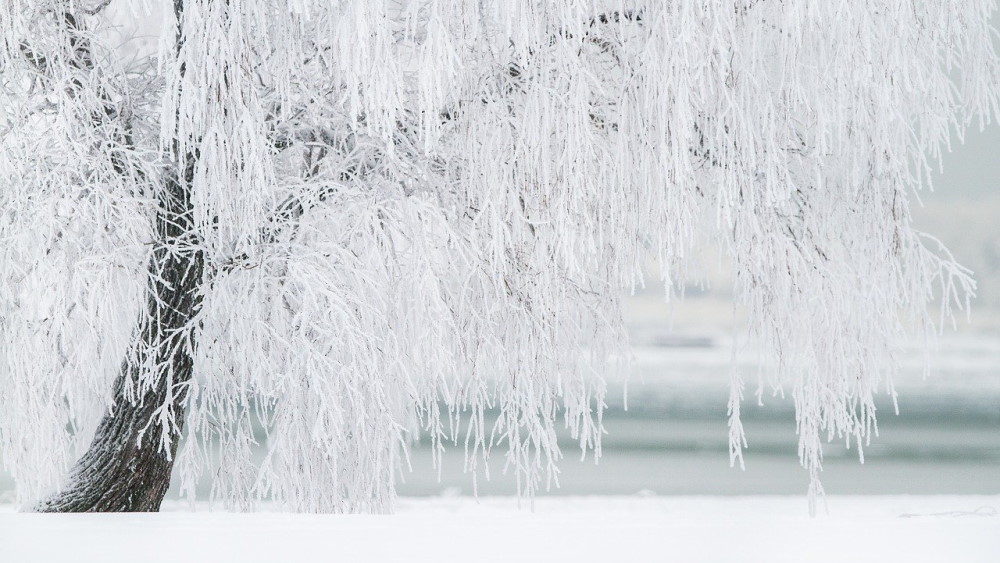
Let’s start with the willow. It has long and flexible branches that express change and fluid movement. As such, the tree inspires imagination and encourages believers to follow their own intuition. Moreover, it represents the lunar cycle and feminine energy, both incredibly important to the old Brigid belief.
Rowan
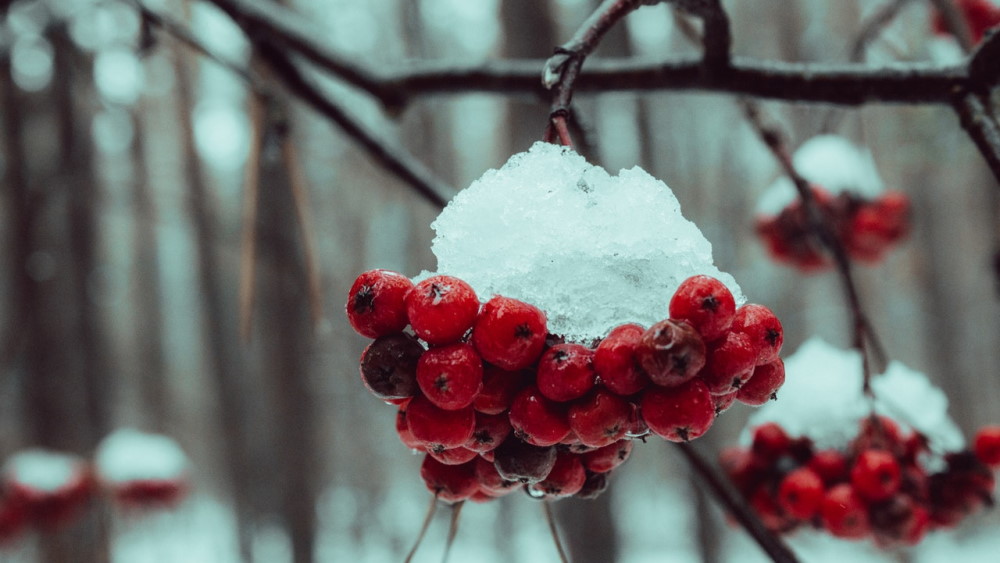
Rowan, on the other hand, is much more rigid than the willow, which makes it a perfect ward against evil. In addition, it’s a tree closely associated with serpents, yet another symbol important to the festival.
Imbolc Herbs and Flowers
Trees aren’t the only plants sacred and important to both old and new pagan worshipers who celebrate(d) Imbolc. Certain herbs would have specific properties that either directly or indirectly relate to Brigid.
The Snowdrop
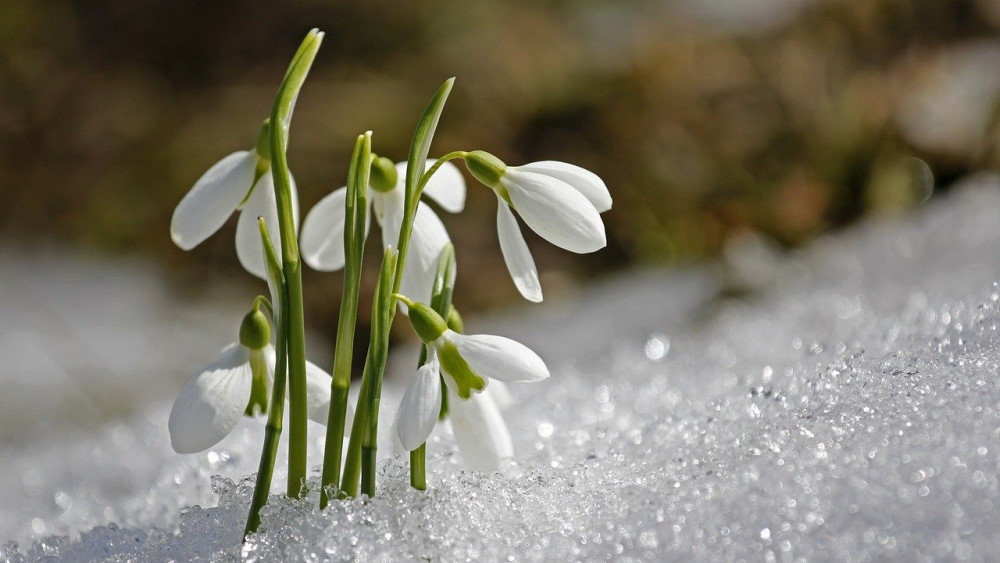
It might seem odd for a snowdrop to be an important element of a festival, but there is a lot of symbolism behind it. Namely, melting snow is the first gift of spring amid the bleakness of winter. Just like the serpent emerging from its lair, it signals the coming of warm days.
Coltsfoot
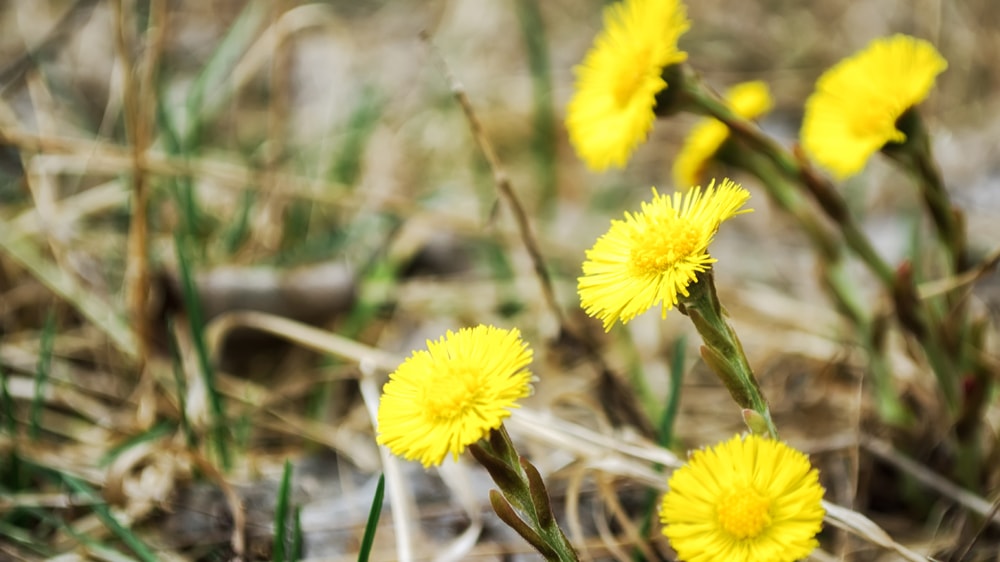
The first of these herbs is coltsfoot. According to tradition, coltsfoot is able to alleviate physical and emotional stagnation. As such, it’s perfect for bringing about peace and engendering love.
Blackberry

Blackberry is the next plant associated with Brigid, and its berries and leaves are said to attract prosperity and help with healing. And just like coltsfoot, it is associated with the planet Venus and femininity in general.
Ginger

The last herb on the list is ginger, and though it’s not directly related to Brigid, it has a lot to do with fire and serpents. Using ginger will help you revitalize and stimulate your inner fire, as well as help with the rise of serpent energy during the late winter months.
How to Celebrate Imbolc
Setting Up an Imbolc Altar
Modern Wiccans celebrate Imbolc by setting up an altar and decorating it with various items listed in this article. Keep in mind that you don’t have to follow the list to the letter since a lot of these items are optional.
Lighting Candles
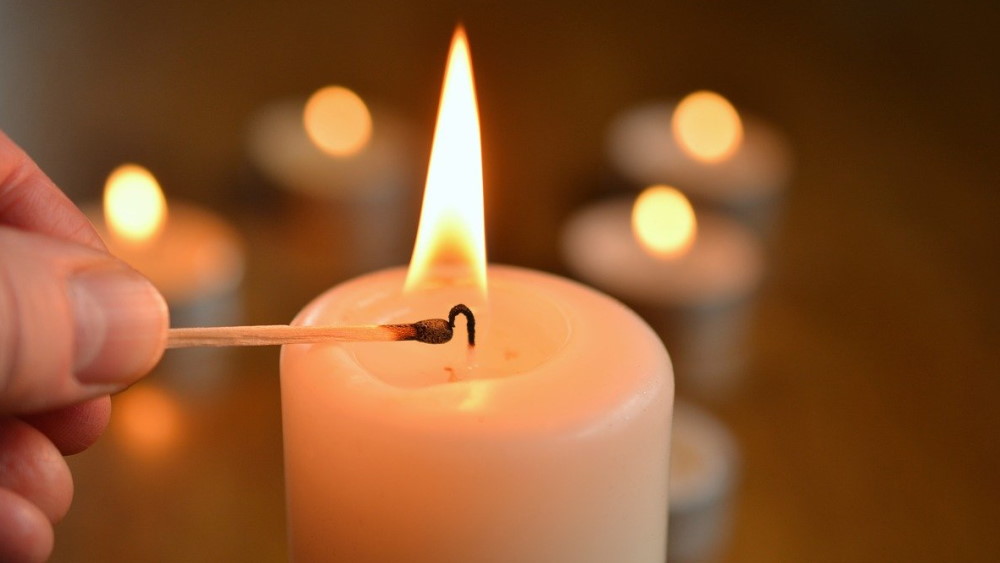
As we stated earlier, fire is a major part of Brigid worship, as it represents both cleansing and the coming of spring. With that in mind, you can light candles and make wishes for your friends and family. It’s a simple enough ritual that most religions around the world also employ, including Christianity.
Always remember to do two things when lighting Imbolc candles:
- Never leave them unattended, since indoor candles are a fire hazard
- Make sure that each candle burns out completely.
Burning Incense
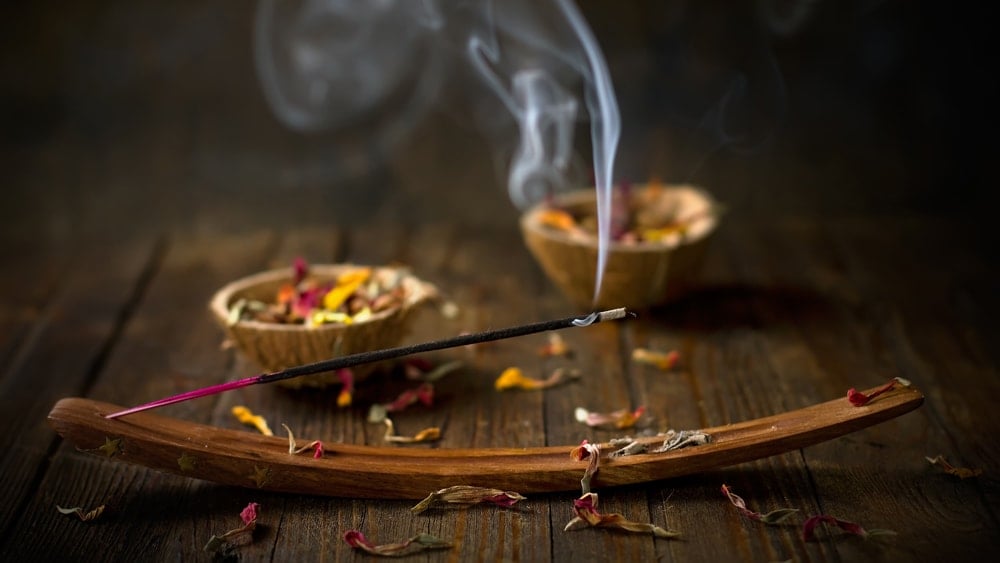
Going along with the theme of fire, incense is a great way to fill your space with a pleasant smell and positive energy. Burning incense can also be used as an offering to Brigid. Use the following seasonal scents to give you an excellent mindset while celebrating Imbolc rituals and traditions.
- Basil
- Bay Leaf
- Chamomile
- Cinnamon
- Frankincense
- Jasmine
- Lavender
- Myrrh
- Rosemary
Making Imbolc Crafts
Making crafts is a wonderful part of Wiccan holidays. Taking the symbols of the season and forming them into shapes that are imbued with magick and intention is a rewarding and satisfying practice. Making Brigid Crosses and Brigid Dolls is a great way to prepare for the coming Spring season.
Brigid Cross
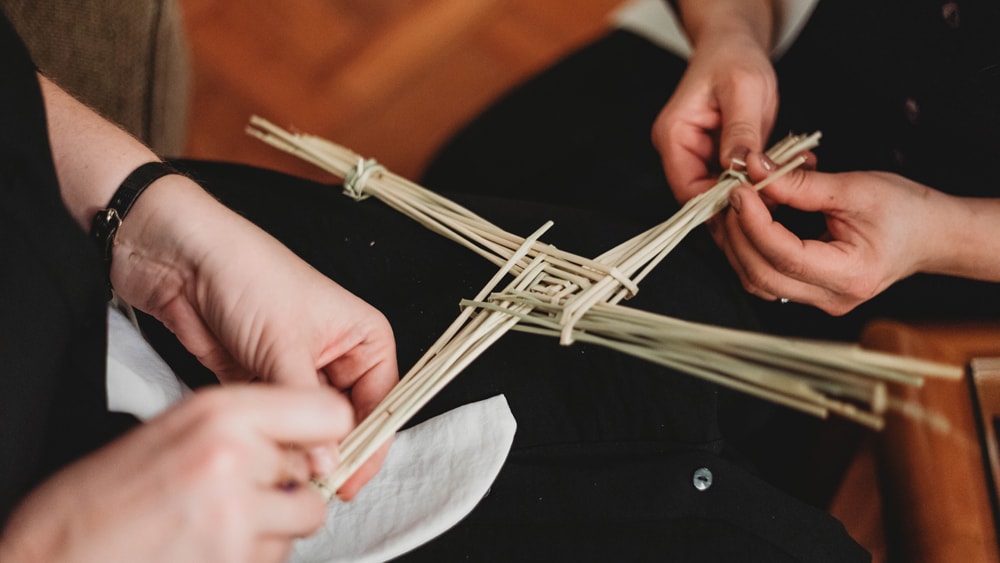
Most people make Brigid crosses out of reeds and rushes, but you can use any soft and elastic plant. For instance, lots of modern Wiccans use the branches of the willow tree, since they’re both practical and related to Brigid symbolically. You can learn how to make a Brigid cross right here.
Brigid Doll
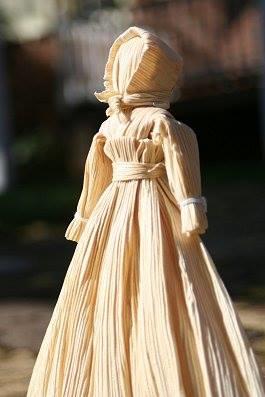
In order to make a Brigid doll, all you need is a piece of old, used cloth and a marker. The process is simple enough:
- Fold the fabric into two layers and draw the basic shape of the doll on the top layer
- Cut the shape with scissors and sew it together, leaving an opening in the crotch area
- Fill the doll with dried herbs and flowers or wool
- Sew the doll together
- If you plan on making clothes for your Brigid doll, decorate them with crystals, beads, swan feathers, and plants associated with the goddess
- Place it anywhere on the altar; you can designate a special spot for the doll and arrange the other elements around it.
Preparing Imbolc Foods

Since Imbolc involves a feast, you can prepare lots of delicious meals. Some of the popular choices include:
- Barmbrack – a bread that includes dried fruits and spices
- Dumplings – pieces of dough filled with a delicious meat or vegetable filling
- Bannock – a flat loaf of bread similar to a biscuit that’s cooked in a skillet
- Colcannon – creamy mashed potatoes mixed with greens
- Sowans – a fermented oat dish
- Seed cake – a traditional cake flavored with Caraway seeds
Planting Seeds
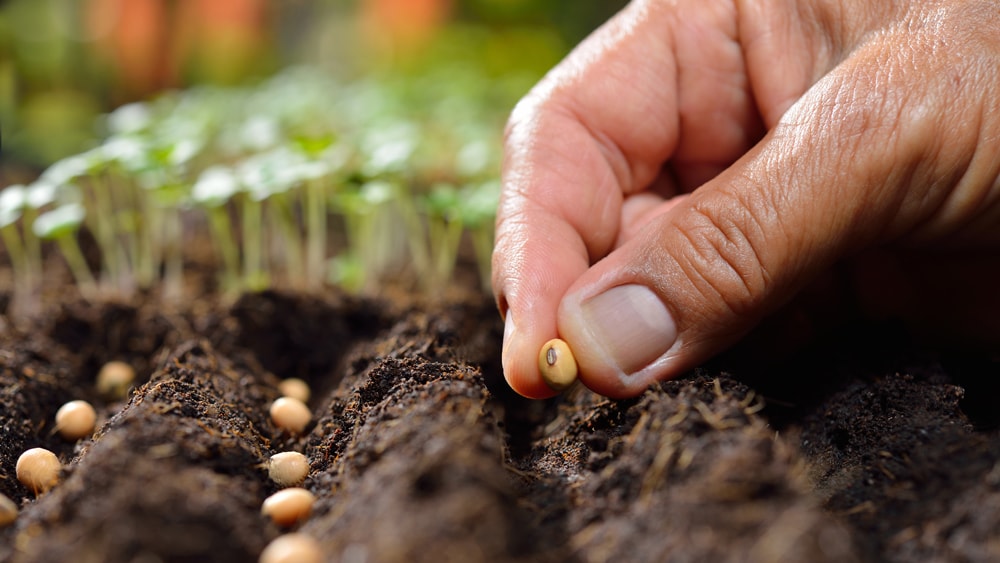
With spring approaching, planting a seed is the best possible way to welcome it on Imbolc. Seeds planted during this period have magickal properties. And the best part is that you can use the kernel of any plant, be it related to Brigid or not.
Performing Spells

Since Imbolc is all about rebirth, it’s a great time for a cleansing ritual or spiritual bath. Start the spring season freshly purified and renewed. Incorporate the herbs, symbols, candles, incense, colors, and crystals to make your ritual even more powerful. Take note of the moon phase on Imbolc to make your spells even more attuned.
Imbolc Altar and Other Rituals

All of the rituals we’ve listed above are key to the festival and Brigid worship. However, if you want to increase the magickal properties of your Imbolc altar, you can perform any of the following acts:
- Place a book of poetry next to the Brigid doll; Brigid was a favorite among Celtic poets and intellectuals
- Add small statues of animals important to the goddess, such as swans, cows, serpents, or sheep; you can even buy depictions of these animals made of various crystals important to the Wicca beliefs
- Put healing herbs close to the food
- Add a cauldron or a chalice; Brigid is often associated with healing, so these items will increase the beneficial healing properties of the other items on the altar
- Put a small anvil or a hammer; in some aspects of the Celtic pagan faith, Brigid was the patron of smithing
- Aside from the candles, add one more cauldron with a lit fire to increase the warmth
- A statue of Brigid or any other goddess related to spring will be a fine addition to the altar, right next to the Brigid doll
Imbolc Blessings and Prayers
Over the centuries, pagans have sung prayers to Brigid during this holiday. Listed below are a few prayers and blessings that you can use in the celebration of the goddess.
End of Winter Meal Blessing
The winter is coming to an end
The stores of food are dwindling,
And yet we eat, and stay warm
In the chilled winter months.
We are grateful for our good fortune,
And for the food before us.
Prayer to Brigantia, Keeper of the Forge
Hail, Brigantia! Keeper of the forge,
she who shapes the world itself with fire,
she who ignites the spark of passion in the poets,
she who leads the clans with a warrior’s cry,
she who is the bride of the islands,
and who leads the fight of freedom.
Hail, Brigantia! Defender of kin and hearth,
she who inspires the bards to sing,
she who drives the smith to raise his hammer,
she who is a fire sweeping across the land.
Brighid’s Fire Meal Blessing
Brighid is the lady of flame,
the fire that cooks our food!
Hail to her and to the hearth,
and may our meal be good!
If you’re interested in other prayers and blessings dedicated to this deity, you might want to give this page a quick read.
The Time of Imbolc Is Nigh
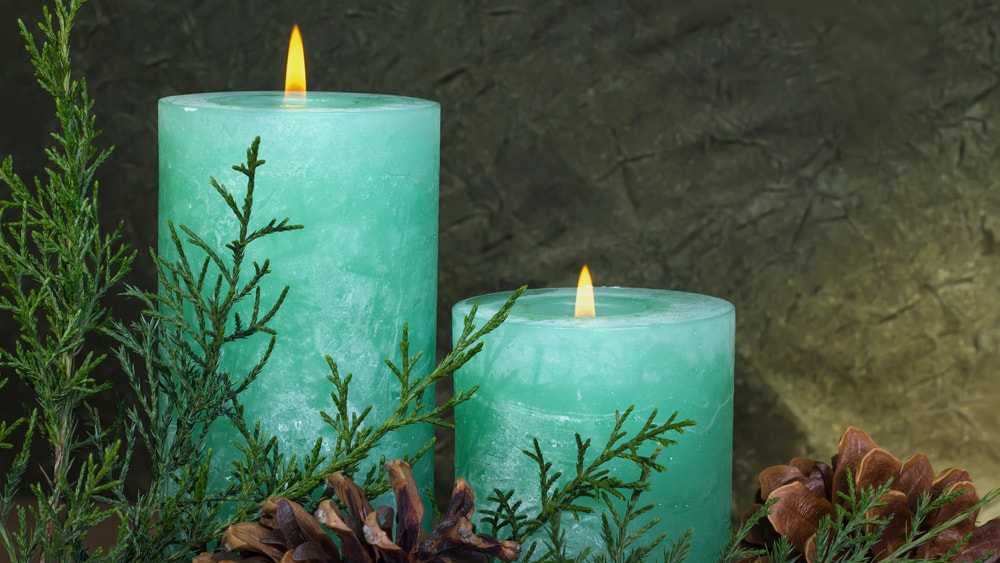
With January well underway, you still have time to prepare for Imbolc and celebrate with your fellow Wiccans. It’s a fascinating holiday that you can celebrate with the whole family, but it’s intimate enough to enjoy in the comfort of your own home and by yourself. With the pandemic still going strong, you will need a bit of good fortune and awakening this coming spring. After all, cleansing the spirit and healing one’s body, much like healing the nature around us, is what Imbolc has always been about. So, from all of us at Wicca Academy, here’s hoping your Imbolc will be a happy one!
Check out our other articles:
Jar Spells Made Simple
Get to Know Your Familiar
Candle Color Meanings
A Complete Guide to Spiritual Baths
Moon Phases and Simple Rituals
See All Articles
Love this article? Share the magick with your friends and loved ones!
Ready to learn
I’ve found all the information very interesting. I’ve wanted to know more for a while. So pleased I’ve started my journey
Found the article on Imbloc very interesting, wholesome and I’m thinking of making my first alter along with preparing a feast for my family this year.
I found this very interesting and can’t understand why this information isn’t taught generally to everyone x